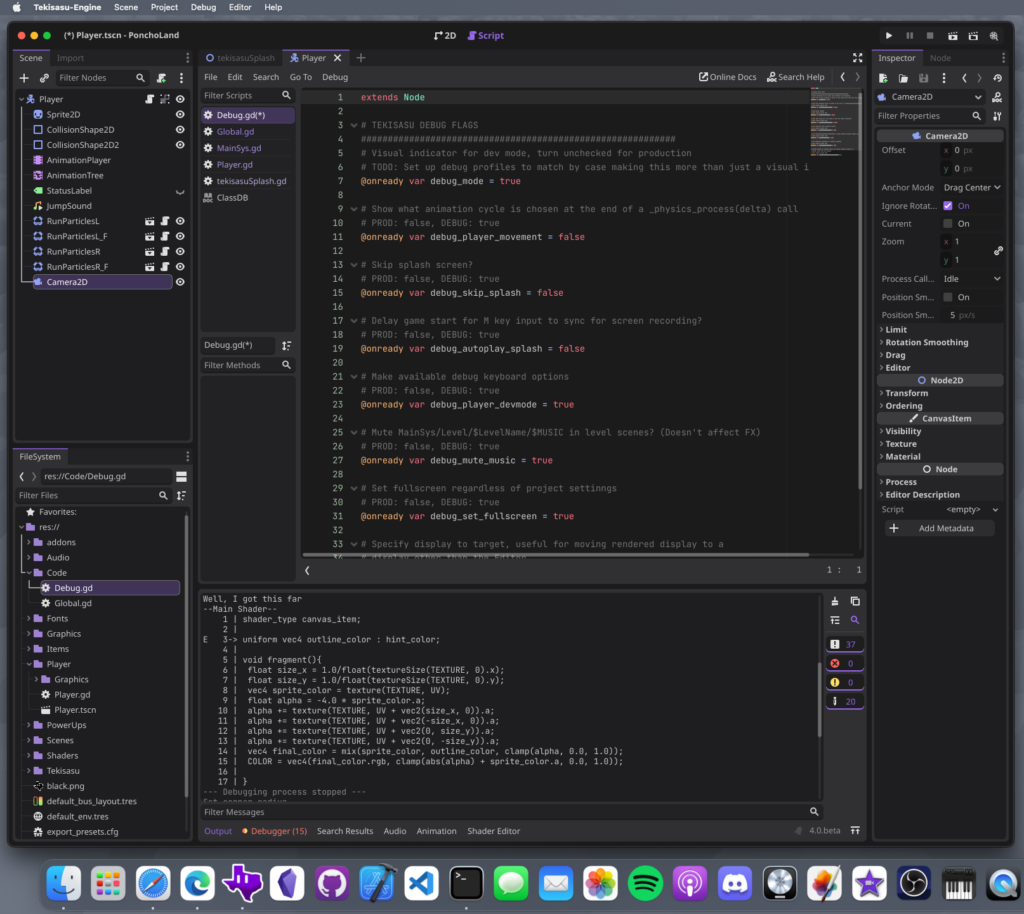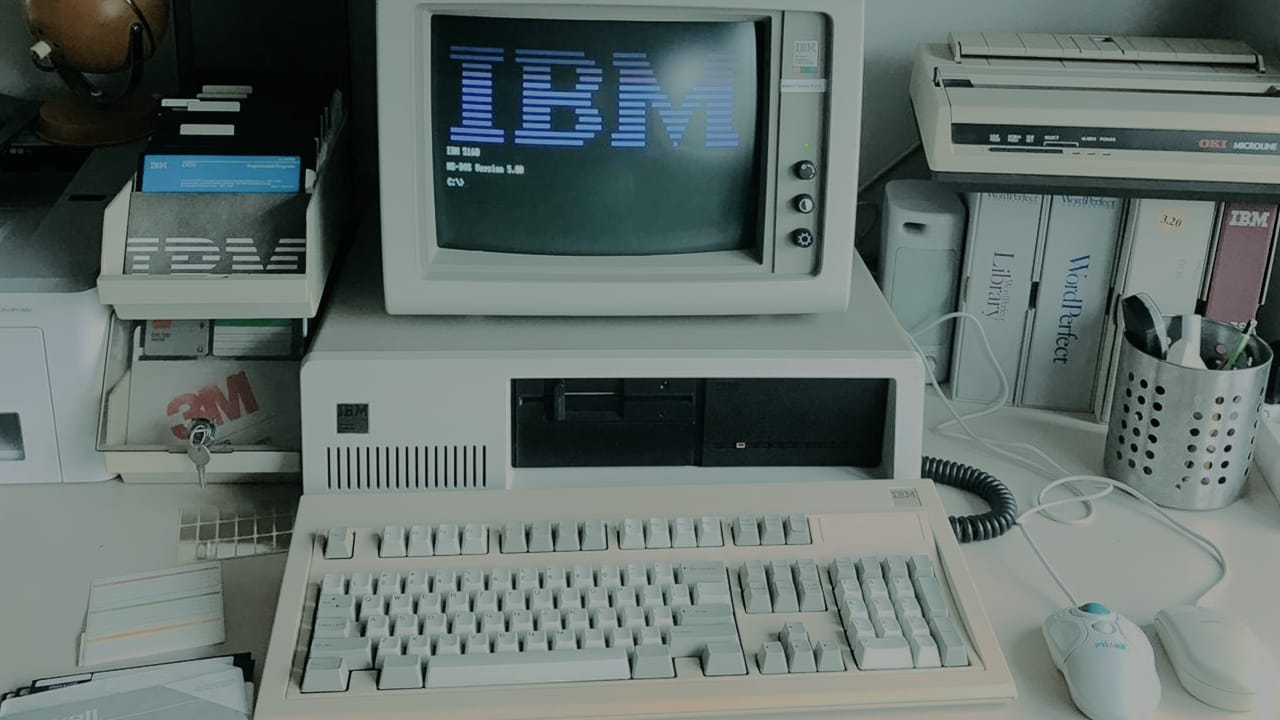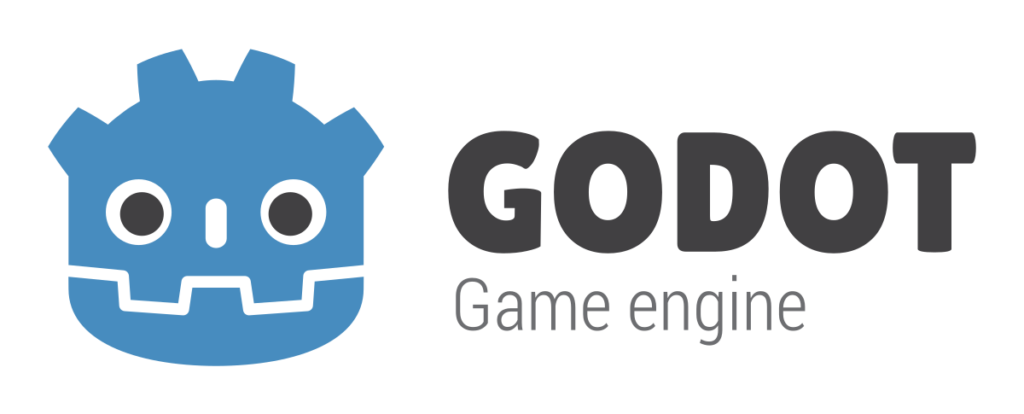Poncho-Poncho Land development has been picking back up since spring of this year. From character developer, to researching game mechanics, to graphical and musical design, a lot of shifts from the initial development have occurred and we’re really excited to share where we are with the project at the moment.
As you may know, Tekisasu utilizes both Godot Engine and Aseprite heavily in our in-house toolchain (“Tekisasu Toolchain”). We develop and maintain in-house builds of these two great projects. Our Godot engine is called Tekisasu Engine and our Aseprite is called Tekisasu Graphics, primarily because we routinely test out upstream builds and want to segregate our preferences directories and keep the build processes distinct. Both upstream projects have exciting and fast-paced development going on at the moment that we are eagerly adapting into the workflow.
Currently, we are in the process of transitioning the Poncho-Poncho Land codebase and project to our Tekisasu Engine 4 (based on upstream Godot 4). A big change that we are eager to adopt is the new rendering engine that uses Vulkan. Vulkan is a cross-platform graphics API that has very good performance and is well supported on modern architectures, where as GLES3 and GLES2 had their own sets of problems as far as hardware support constraints and exported project performance.

We’re very excited about the new tooling and feature set offered by Godot Engine and encourage everyone to check it out!
Tekisasu loves Godot Engine and we feel it’s an excellent tool for both beginners and seasoned developers. If you would like to financially contribute to that project, please visit the Godot Engine donation page for more information. If you would like to contribute your talents to Godot, check out the Godot Engine contribution page and see if you might be able to assist the project!


